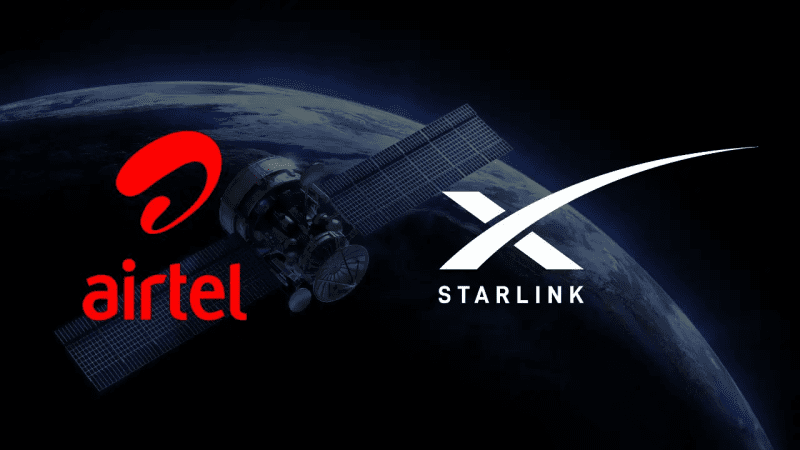Managing a fleet hasn’t been a time consuming and tedious task. They must be as simple as we can possibly make it. The fluidity of the fleet is the defining point for any good business.
This means the better you manage your fleet, the lower the rate of failure. In the present day, there are many roadblocks that we are facing to keep business alive.
With the global pandemic coming in the way of many businesses, there are a few changes that every organization will have to make to adapt to the ‘new normal.’ While there can be a small dip in the monetary graph at this time, it is not a representation of the crashing market.
What Has Changed?
With a few months of shelter in place, and large organizations shutting their doors, an enormous vacuum was created in the economy. This has affected all small and large businesses.
It was a halt on all cashflow, and there were only a few things companies could do. Many industries began to diversify or pivot.
However, in the business of fleet management, there is no room to pivot. There is also no need for diversity.
The need for logistics and transportation will remain the same no matter what the state of the economy. All industries are dependent on a fleet to ensure that the business is always on the move.
In these changing times, there are a few organizational changes that can be made to ensure better practice. The need for better safety and health regulations has never been higher. There is a constant need to keep your fleet active and to run, and there are some minor additions and tweaks that can help ease the new reality.
What You Can Do About It.
Here the top four changes that we recommend ensuring better adaptation. Most of these changes will fit into any company’s operations, but some of them might need a few changes to meet your needs better.
1. Better Compliance Tracking.
With health concerns rising, there is a need to track the operations of your staff better. While monitoring the HOS or Hours Of Operations Compliance is a mandate, there is a need to go a step further. By being in contact with multiple shipments, they are already opening themselves up to more threats.
It is primary to keep a check on their operations for better health of drivers and the organizations. One small step is to reinforce the use of good EDLs in your fleet.
This will be a sure way to get computer-generated information on all your drivers and better keep a tab on their movements. If you wish to get a top-of-the-line device, you can read more at Samsara.com (ELD Compliance). This change is a significant step-one.
2. Invest In Additional Safety.
In times like these, you will need to invest in some of the more essential supplies like masks and sanitizers for your staff. These will be for your managers on the ground, the working labor, and the drivers. Better caution is one of the only ways to contain the spread of illness and provide a safer space to work.
You, as an organization, will have to enforce a better norm for safety and standards. This can be in the form of temperature checks, vehicle sanitization, and a new order of work-login, and better work from home benefits, which brings us to the next matter in hand — remote access.
3. Better Remote Management.
Fleet management is not the same after the multiple invocations and development in the last few years. They can all be managed remotely using sophisticated software and management systems. If you have specific software in mind for your fleet management, then you may want to discuss it with some software developers to see how they can develop and adapt it to your needs.
For example, in the case of a truck fleet management firm, you no longer need to keep a paper log of any moving parts. The trucks can all be tracked and monitored by using trucking software, where you will have access to a single dashboard and can retrieve all the information regardless of the device you are using.
As a fleet service, you will need to make the upgrade to superior fleet management software, GPS tracking devices, and the best-in-class dual dash cam. These are all small additions that you can make to your network to ensure that the manager can assess the whole fleet without being physically present.
Similarly, it is also important to note that software can also be used to make the financial side of managing a fleet that little bit easier. For sophisticated organizations such as fleet management companies, financial consolidation, planning, reporting, and analytics must all be completed in a thorough and timely manner, and this is when corporate performance management solutions such as onestream become a valuable asset. Ultimately, researching the latest developments in enterprise technology can help you to keep your business at the forefront of the latest developments in your industry.
4. Improve Tracking On Consumer End.
The only way to drive more business is by reassuring to the client or the consumer that their goods and services are not jumping too many hands. This can be done by giving real-time insights to them about the exact position on each step on the way. This is true for all fleets like logistics, pickup and drop services, or even office and school shuttles.
By giving out live data to the users, you will be able to build a strong trust base in these unusual times. This is especially helpful in the acquisition of new clients. And, what if you as an owner are unable to produce the live results? Of course, you might have some expectations and targets that you wish to accomplish. But the customer does not want to hear those unless it becomes a reality. Even if you give them approximate live answers, it could instill an amount of faith in the client’s mind. They will know exactly how much to expect from you. And, in situations where you are unable to give out live expectancies, you could reach out to firms such as Syte Consulting Group (https://sytecg.com/) and similar ones who’d be able to assist you.
As the positive words spread about better transparency of your fleet service, it is sure to bring more consumers to your door. This can be clients who are somewhat skeptical of their previous fleet service providers.
In conclusion,
There are mainly two worries that come to mind when we look at change or adaptations in the near future. One is the hesitation to move onto new ways of operation. The other is the cost of change. Both of these are non-problems.
When it comes to hesitation to adapt, there are no alternatives ahead of us. In these times of crisis, and a rising concern for better safety regulation — the need of the hour is fast adaptation.
All industries have changed their structures in the last four months to suit the new reality. And not making the changes soon will leave you being in the running.
The cost of change is quite minimal when you look at the advantages it will provide. Most technological additions are not just for the current future but also give an overall improvement in fleet management. The only way to keep your business ahead of the curve is by making fast changes to improve your company and staff better.
It is always wise to consult with some professional service providers like Samsara to better understand how these improvements can help your business. Companies such as these work with many organizations, and will be able to better explain with instances, about the pros and cons of upgrades.








